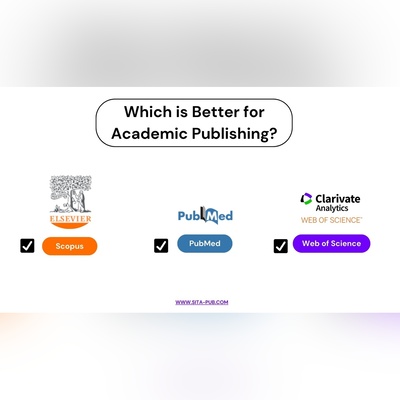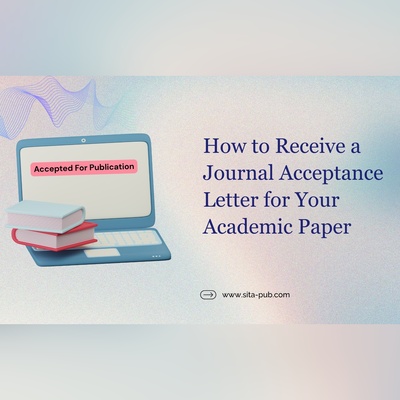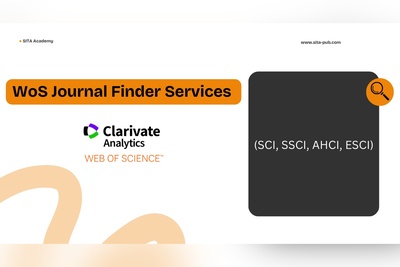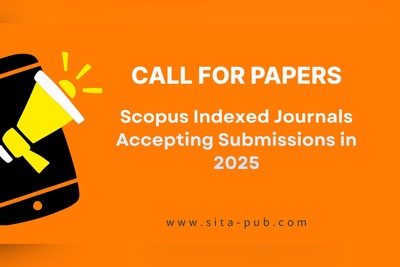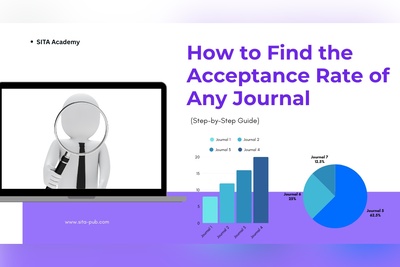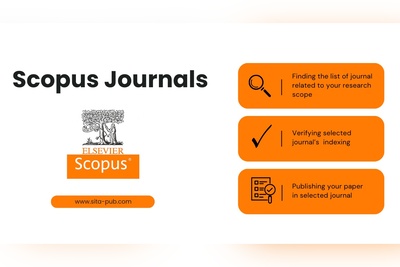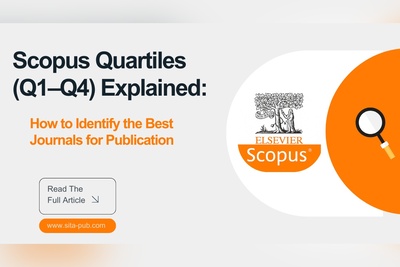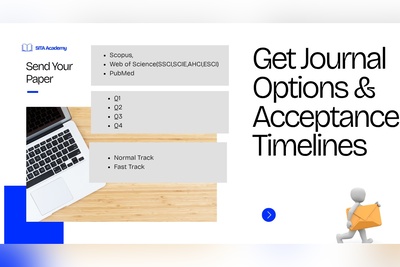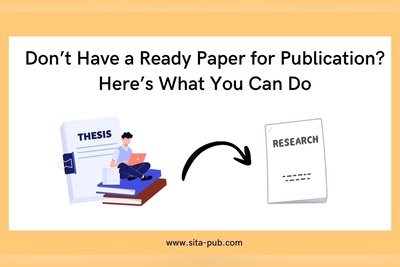Journal Selection Assistance | Scopus, ISI, PubMed
Need help choosing the right journal for your research paper? This guide covers how to select journals based on publication goals, indexing (Scopus, ISI, PubMed), quartiles, acceptance rates, timelines, and scope.
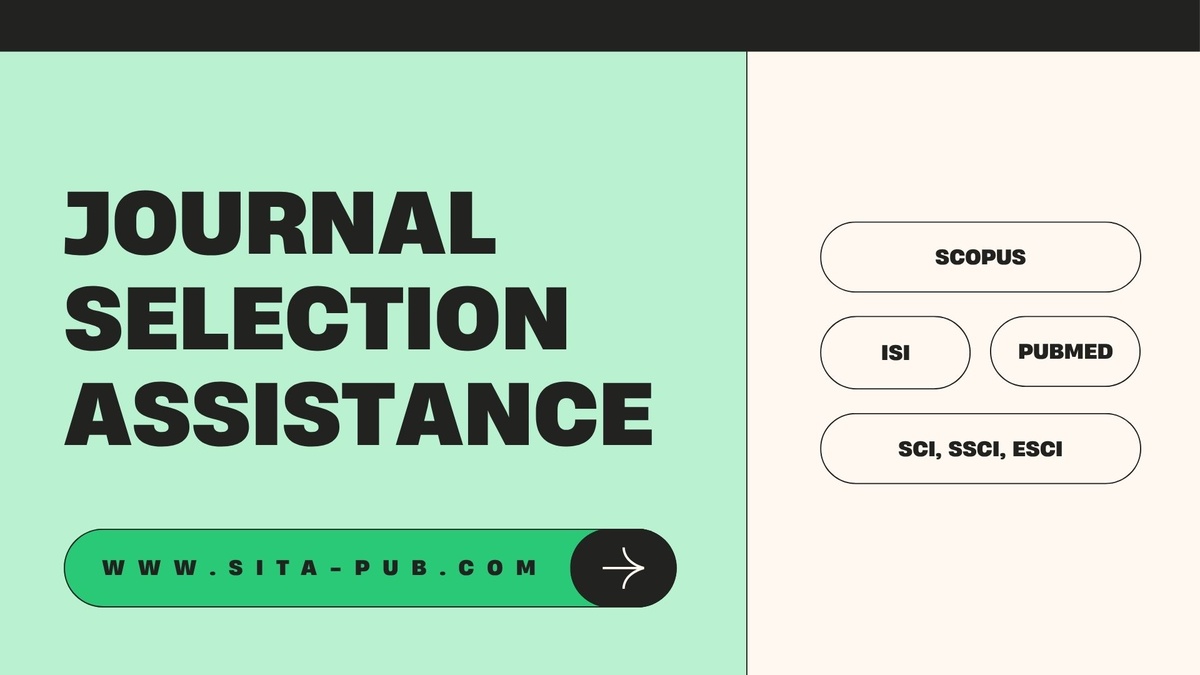
Choosing the right journal for your research paper is the very first and foremost crucial step in the publication process. Selecting the appropriate journal and publication venue directly impacts your chances of getting accepted and ensures your research reaches the right audience. The wrong choice can lead to long delays, unnecessary rejections, and ultimately, your valuable work not making the impact it deserves. Therefore, understanding how to pick the best-fit journal is essential for a successful and timely publication.
In this guide, we’ll walk you through the questions you must ask yourself before selecting a journal — from your reason for publication to checking indexing, quartiles, impact factors, and more.
Why Do You Want to Publish Your Paper?
Before you even start searching for journals, ask yourself:
Are you publishing for promotion in your academic career?
Is it a requirement for graduation?
Do you want to increase your academic visibility?
Are you aiming for collaboration and recognition in your field?
Your reason for publication will heavily influence the type of journal you choose. For example:
If you need a publication for academic promotion, your institution might require specific indexing such as ISI or Scopus.
If you want maximum visibility, you may target high-impact Q1 or Q2 journals.
If you have a tight deadline for graduation, you may choose journals with shorter acceptance timelines.
Tip: Always confirm your university or employer’s publication requirements before starting your journal search.
Which Indexing Is Right for You? (ISI, SCIE, SSCI, PubMed, Scopus, ESCI)
Indexing is how journals are listed in recognized academic databases. Your choice of indexing determines the credibility and discoverability of your paper.
Here’s a breakdown:
ISI (Institute for Scientific Information) – A prestigious indexing database for high-impact journals. Often a requirement for academic promotions.
SCIE (Science Citation Index Expanded) – Covers top scientific journals. Strong reputation in STEM fields.
SSCI (Social Sciences Citation Index) – Ideal for researchers in economics, psychology, sociology, and other social sciences.
PubMed – The go-to database for medical, life sciences, and healthcare research.
Scopus – One of the largest multidisciplinary databases covering sciences, technology, medicine, social sciences, and arts.
ESCI (Emerging Sources Citation Index) – A stepping stone to SCIE or SSCI indexing; includes promising journals not yet fully ranked.
Question to ask:
Which indexing body aligns with your institution’s requirements and target audience?
Related Article:
Should You Choose Q1, Q2, Q3, or Q4 Journals?
Journal quartiles (Q1–Q4) are based on impact and ranking within a subject category.
Q1: Top 25% of journals in the field — high prestige, competitive, often long review times.
Q2: Still strong reputation but slightly easier to access than Q1.
Q3: Moderate reputation; often more flexible in acceptance.
Q4: Accepts more papers, faster review times, but lower prestige.
Other metrics to consider:
Impact Factor – Measures how often a journal’s articles are cited on average.
CiteScore – Similar to Impact Factor but calculated differently (Scopus metric).
h-index of the journal – Reflects the number and quality of citations over time.
Question to ask:
Do you prioritize prestige and citations (Q1/Q2) or faster acceptance (Q3/Q4)?
How Important Is Acceptance Rate?
Acceptance rate tells you how selective a journal is.
Low acceptance rate (<20%) – Highly competitive journals; great prestige but high rejection risk.
Moderate acceptance rate (20–50%) – Balanced difficulty and chances of acceptance.
High acceptance rate (>50%) – More open to submissions, but may have lower prestige.
Tip:
A low acceptance rate does not always mean better for you — if your goal is quick publication, balance selectivity with turnaround time.
What’s the Acceptance and Publication Timeline?
Time matters — especially if you have a promotion deadline, graduation requirement, or project funding milestone.
Ask these questions:
How long does the peer-review process take? (Some take 2 months; others 12+)
How soon after acceptance will my paper be published online?
Does the journal offer online early access before print publication?
Note:
Fast publication journals are not always low-quality — some reputable journals have efficient editorial workflows.
Related Article:
Does the Journal’s Aim and Scope Match Your Paper?
Every journal has a specific focus. Even a well-written paper will be rejected if it’s outside the journal’s scope.
Steps to check:
Read the Aim & Scope section on the journal’s website.
Look at recent publications to see if your topic fits.
Ensure your research addresses the audience the journal serves.
Example:
A cardiology journal will not accept a paper on agricultural economics — no matter how good it is.
Have You Read the Author Guidelines?
Many rejections happen because authors don’t follow submission guidelines.
Before submitting, ask yourself:
Have I formatted the paper according to the journal’s requirements (APA, MLA, Vancouver, etc.)?
Do I have all the required documents (cover letter, abstract, keywords, references)?
Are my tables, figures, and supplementary materials in the correct format?
Tip: Prepare your materials in advance to avoid last-minute delays.
Step-by-Step Journal Selection Process
Here’s how to decide:
Define your reason for publication — promotion, graduation, visibility, etc.
Choose your indexing — Scopus, ISI, PubMed, SSCI, SCIE, ESCI.
Decide on quartile level — Q1–Q4 based on your goals.
Check acceptance rates — balance prestige and chances of acceptance.
Consider timelines — ensure deadlines can be met.
Match scope — select journals publishing in your research area.
Follow author guidelines — prepare your submission accordingly.
Journal Selection Assistance at SITA Academy
At SITA Academy, we specialize in matching your research paper with the right journal.
Here’s how we help:
Paper Analysis – We review your paper’s topic, quality, and goals.
Indexing Match – We recommend journals from Scopus, ISI, PubMed, SSCI, SCIE, or ESCI that fit your requirements.
Quartile and Impact Factor Check – Ensuring your chosen journal aligns with your desired prestige level.
Scope Alignment – We only suggest journals where your paper has the highest chance of acceptance.
Send us your research paper today for a free preliminary analysis and get a tailored list of journals perfect for your work.
Conclusion
Choosing the right journal is more than just finding a place to publish — it’s about maximizing your paper’s impact, reach, and credibility. By asking the right questions about your goals, indexing, quartiles, timelines, and scope, you can strategically select a journal that helps you achieve your academic ambitions.
Verified Contact Channels
If you have any questions, inquiries, or would like to learn more about our services, please don't hesitate to reach out to us. Our dedicated team is ready to assist you.
